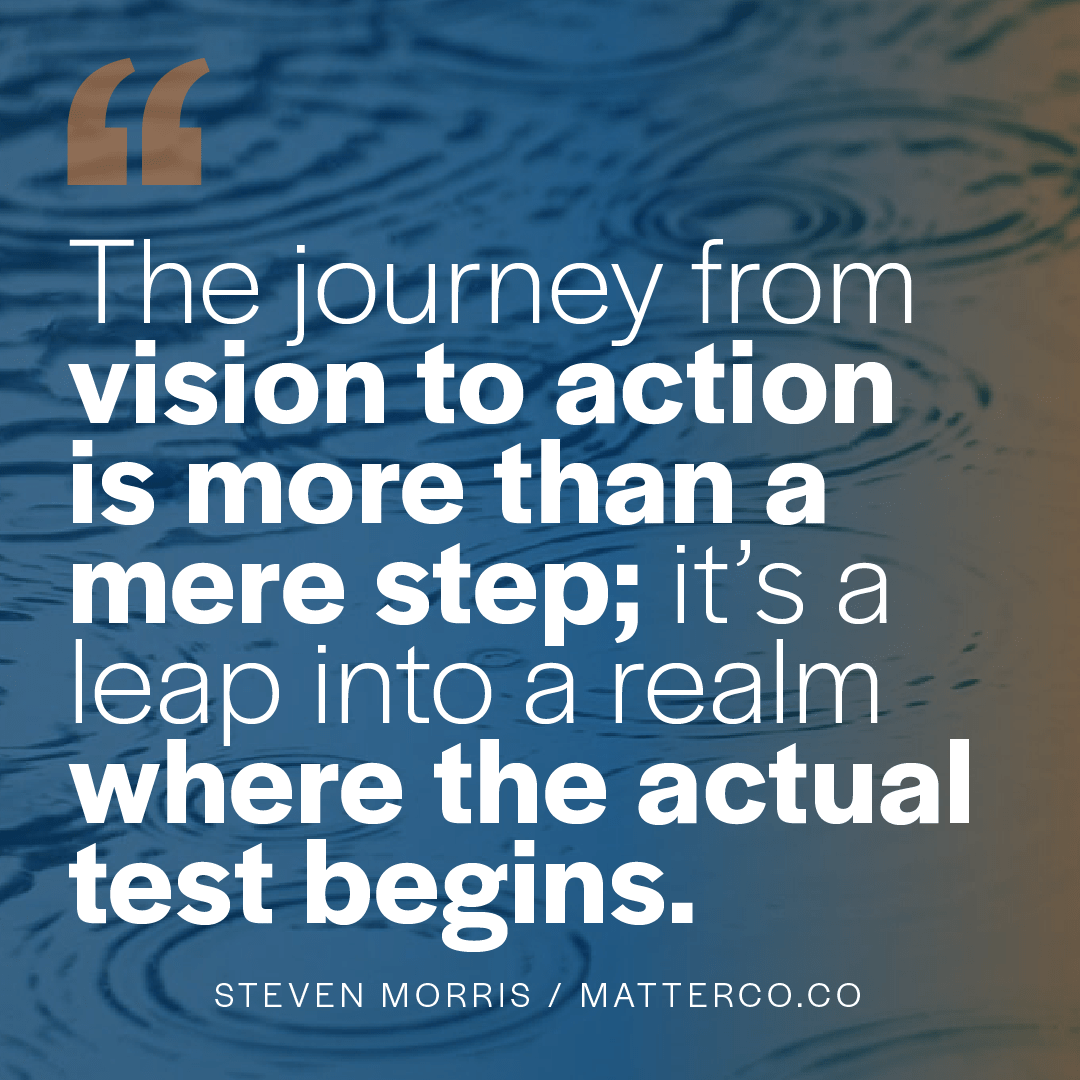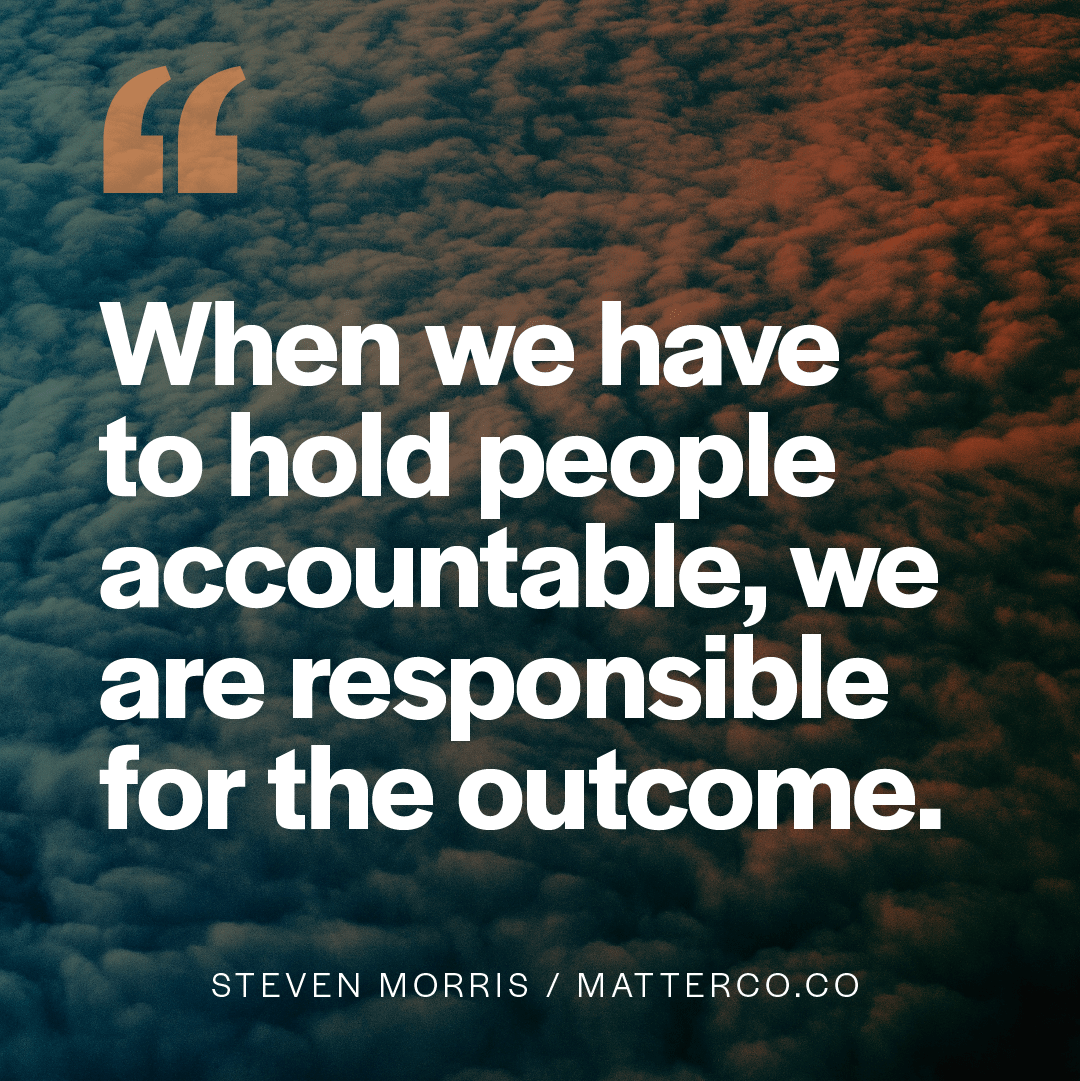
Your Creative Company — A Way of Being
Logically speaking, being continually creative is table stakes to doing good business. All teams must innovate their way into their imagined future.
Peter Drucker noted in the 60s that any organization has only two core functions: Innovation and marketing.
Yet a culture of creativity isn’t common, especially for companies that have seen success. Innovation, the business word for creativity, requires experimentation, which carries the risk of failure. The risk of failure creates tension and uneasiness.
The more a company becomes successful, the less likely they are to experiment, take risks, and innovate. This risk aversion encourages teams to retreat to risk-avoidant behavior, which stagnates true creativity.
That’s why every company needs to overcome the fear of failure and strive to keep creativity alive.
1. Create Courageous and Curious Conditions
When people are afraid to be wrong, they’ll opt for safety which stifles creativity.
Over time, seeking safety causes ruts of iterative or derived product or service improvements rather than innovative leaps. Encourage your team to take risks to make it OK to be creative.
One antidote to fear in teams is to suspend judgment when team members interact. When we are curious, we are open to new ideas, new ways of seeing, and new kinds of thinking. Curiosity is the soil where ideas can take root.
We tend to think of creative work or innovation as the output. The real work on creative teams is a way of being — day in, day out — with curiosity and courage built in. If you want innovative output on your team, you have to have curiosity and courage embedded into your culture.
2. Build in Listening
Building creativity on your team is not a competitive act; it’s a collaboration of people, influences, and inspiration. This collaboration requires team members who are able to both speak and listen and trust one another. Listening is a state of dynamic neutrality where preconceived notions and judgments are suspended.
Trusting others in a creative environment doesn’t mean no one will make mistakes. It means that you trust each other to fix or resolve the mistakes, to have each others’ backs, and to build on others’ ideas.
Fear can be created quickly, but trust needs to be earned over time. We discover that trust pays dividends by supporting teammates as they take risks and make mistakes.
Creativity is free to expand when your team knows that you trust them. A creative work environment is a trusting one where people feel free to express what they’re afraid to express.
3. Permission to Fail (Sometimes)
Sometimes, innovation fails. Rightly so, because innovation requires risk — which can be defined as “this might not work.”
For most people, failure is loaded with emotional baggage. The stigma of failure as a sign of weakness is ingrained in most of us from an early age.
However, some of the greatest innovations known to mankind happened by mistake. The X-Ray, Penicillian, the Pacemaker, and Velcro were all made accidentally.
When we reframe failure as a learning opportunity, we free ourselves from the grips of fear. When we remain open to where the mistake may take us, we can pave new roads of innovative exploration.
By reframing mistake-making as breaking new ground, changing our thinking, challenging ourselves, and pushing ourselves to undiscovered places, we make room for creative leaps.
Most organizations are trying to solve big and complex problems — so big that they can’t be solved by one person alone. Solving them requires teams to create the conditions for creativity to flourish.
Your past product hits, while worth celebrating, are likely to be something other than what creates your next big product or service win. Teams that are fear-free, trusting, and which permit themselves to make mistakes fail forward into innovation.
Creating team conditions for creativity to flourish is a much better strategy than trying to create urgent brainstorming just at the moment when innovation is needed. See this as a way of being, and being creative will be what your company does.
If you want a more trusting team, a culture of belonging or a magnetic brand that attracts more of the right customers, I can help. If you'd like to explore if working together makes sense, drop me a line.







